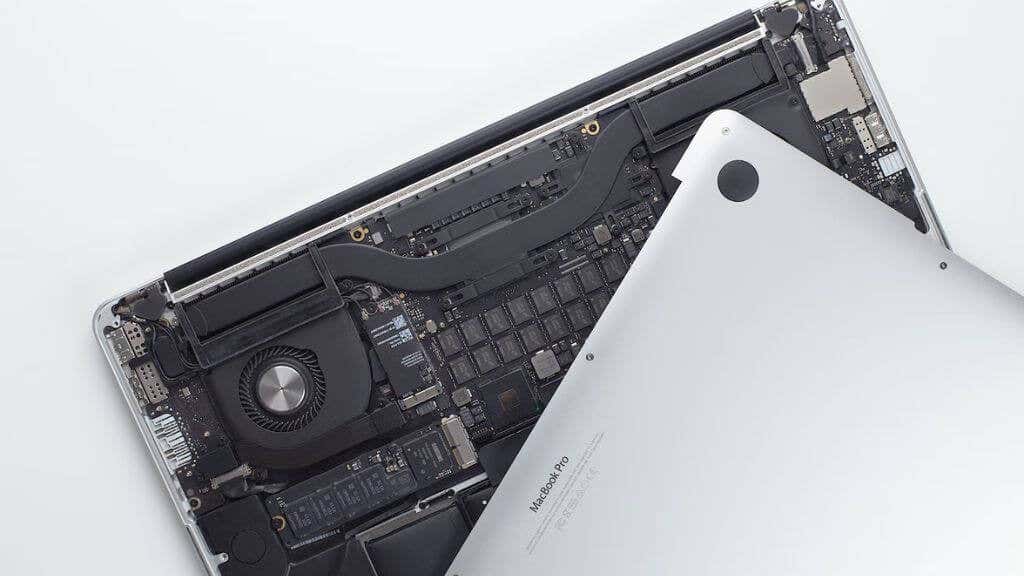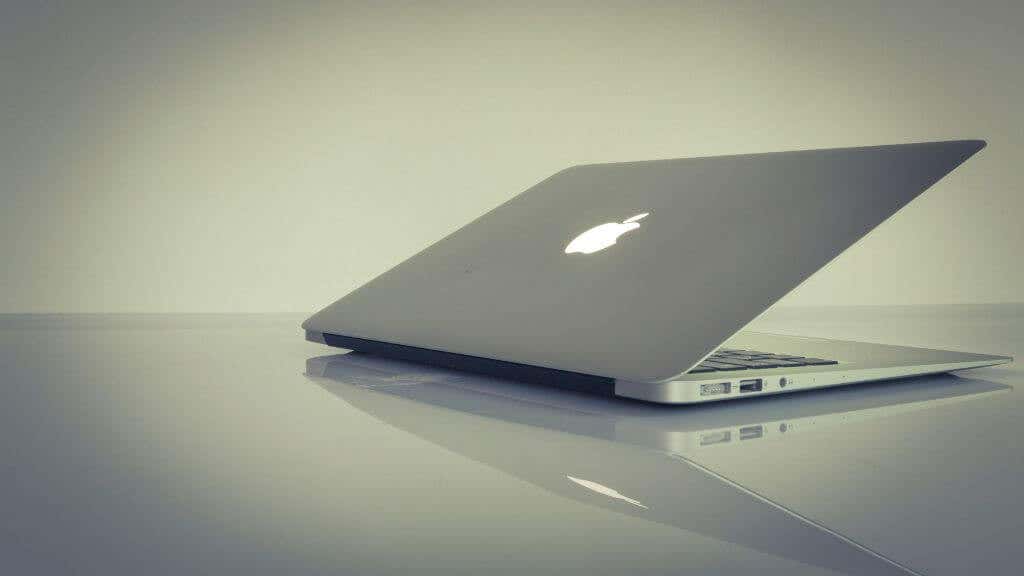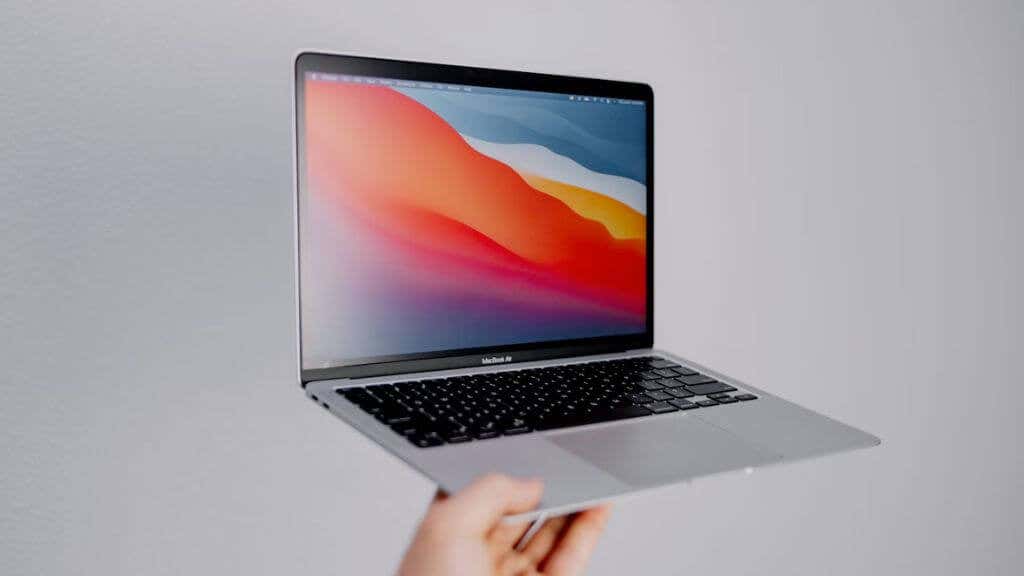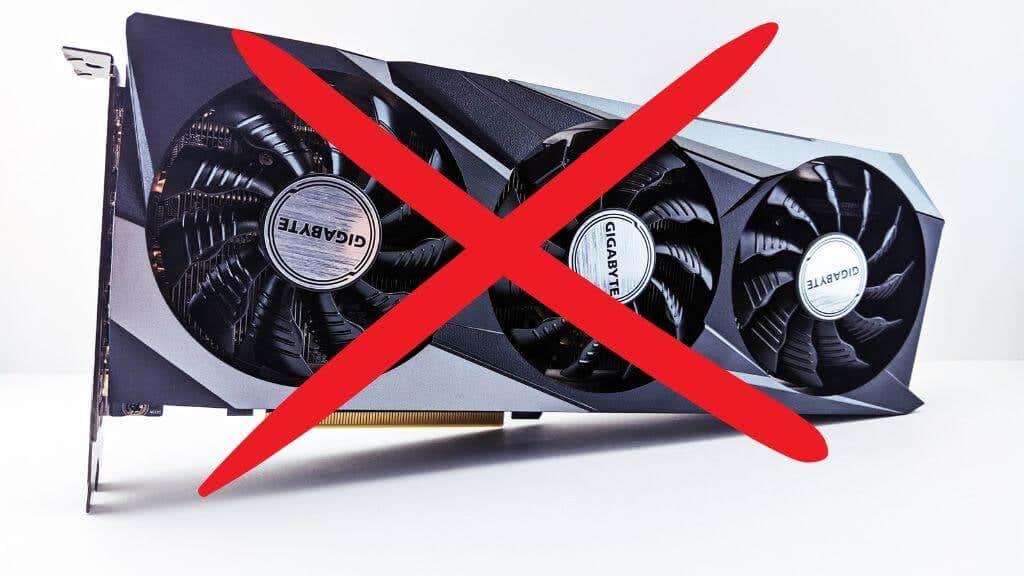An important decision you cannot upgrade
Unlike Windows PCs, going for a Mac with more RAM isn’t as simple as popping in more modules when you need them. To future-proof your Mac, you need to buy the right amount of RAM from the start.
Modern Macs generally have specs with at least 8 GB of RAM. This sounds like a small amount, especially when you’re paying thousands of dollars for a computer, but is this RAM enough for a Mac?
Why Does RAM Matter In Your Mac?
Random Access Memory (RAM) is a form of computer memory used to temporarily store data that the computer is currently using or processing. It is called “random access” because the computer can access any part of the memory directly rather than going through a sequence of memory locations.
RAM is an important component of a computer because it determines how much data it can work with at one time and how quickly it can access that data. When a computer runs out of RAM, it can slow down or even crash because it needs to use a slower form of memory, such as a hard drive, to store data.
Having enough RAM is particularly important for running multiple programs at once or using resource-intensive applications such as video editing software, graphics design, gaming, or running virtual machines.
How Much RAM Can You Get With a Mac?
Recent models of the MacBook Air and MacBook Pro laptops usually come with 8GB or “gigs” of RAM as a standard configuration, but some higher-end models can be configured with up to 16GB or even 32GB of RAM or more. The MacBook Air, MacBook Pro 13”, Mac mini, and iMac desktop computers also typically come with 8GB of RAM as a standard configuration, but they can also be configured with 16GB RAM, 32GB RAM, or more in high-end models such as the Mac Studio equipped with an M1 Max or M1 Ultra.
The Mac RAM Upgrade Problem
The RAM configuration of a Mac is not upgradeable on all models, especially on newer models of MacBook Air, MacBook Pro, and Mac mini. In those cases, the RAM is soldered to the motherboard and can’t be upgraded after purchase.
In general, for most regular users, 8GB of RAM should be enough for running basic applications and a few browser tabs. But if you are doing heavy lifting like video editing, rendering, running virtual machines, or work with many browser tabs open, then you should consider getting more RAM, especially if you’re using an older Mac.
Why especially for an older Mac? This is where things get a little more complicated since older Intel-based Macs need more RAM to do the same job as an Apple Silicon Mac.
Intel and Apple Silicon Macs Use RAM Differently
Macs with Intel processors and Macs that use Apple Silicon processors have different approaches to RAM usage.
Macs that use Intel processors use a traditional memory architecture, in which the RAM is externally connected to the processor via a memory controller that runs at different speeds depending on the motherboard and processor generation.
On the other hand, Macs that use Apple Silicon processors use a unified memory architecture (UMA), in which the RAM and the processor are closely integrated and share the same physical chip package. In UMA, the memory is shared between the CPU and the GPU, allowing the two components to work together more efficiently and making the amount of RAM less of a bottleneck for performance.
In practice, this means that a Mac with an Apple Silicon processor might be able to perform better even with less RAM than an Intel-based Mac with the same amount of RAM would be able to. This also means that on an Apple Silicon Mac, the performance increase from upgrading RAM is not as significant as on an Intel-based Mac.
It’s important to note that in both cases, having more RAM is still beneficial for running multiple applications simultaneously or running memory-intensive tasks, but the unified memory architecture of Apple Silicon makes the amount of RAM less of a bottleneck for performance.
Another key reason that Apple Silicon Macs can get away with less RAM is thanks to their tightly Integrated SSDs. You’ll recall we mentioned how RAM helps the computer avoid resorting to slower storage such as hard drives. That’s still true in general, but because Apple Silicon SSDs are so fast, they can act as a high-speed buffer when multitasking. On an M1 MacBook Air, for example, the SSD can write 2.2GB/s and read 2.8GB/s. This means that it can move the entire contents of RAM to and from the SSD in less than four seconds on an 8GB system. So dumping background apps you aren’t currently using to the SSD can happen without the user knowing about it or noticing performance degradation.
More RAM, Less SSD Wear
Having more RAM can potentially reduce wear and tear on the SSD (solid-state drive) of a Mac with an Apple Silicon processor.
When a computer runs out of RAM, it starts using a feature called “virtual memory,” which is a combination of the computer’s RAM and a portion of the hard drive. Virtual memory allows the computer to use the hard drive as an extension of RAM, effectively increasing the amount of memory available to the system. However, using the SSD as virtual memory can cause additional wear and tear.
By having more RAM, the computer can store more data in RAM and rely less on the SSD for virtual memory. This reduces the number of reads and writes that the SSD needs to perform, which can help prolong its life.
It’s also worth noting that SSDs are more durable than traditional hard drives and can last for years even with frequent use. Modern operating systems like macOS are optimized to use the flash storage more efficiently, reducing wear and tear.
Most Macs Have Unified Memory Now
In Apple Silicon Macs and some Intel-based Macs with integrated graphics, the memory (RAM) is shared between the CPU and GPU. This means that the CPU and GPU can access the same memory pool and share data, which can improve the efficiency of the system’s memory usage.
It’s also worth considering the GPU capabilities and its limitations too. Some integrated GPUs may have limited memory and performance capabilities, and the amount of RAM may affect the performance of the GPU, so for these cases, the optimal amount of RAM would be at least 16GB.
Considering that the GPUs in M2 and M1 Macs are comparable in power to the PlayStation 4 and Xbox Series S, respectively, having only 8GB of RAM may limit the quality of the textures these GPUs are capable of processing. This doesn’t just apply to Mac gaming (which is undergoing a revival), but any of the 3D creative and professional applications that benefit from having more texture memory.
If you want to try the latest Mac video game ports or any sort of 3D-accelerated application at all, it’s likely worth springing for 16GB or more. That being said, in our long-term use of a base model 8GB MacBook Air M1, even heavy games such as Tomb Raider run just fine at 1080p.
The Bottom Line: Is 8GB Enough For a Mac?
So let’s get down to directly answering the main question here. After all, if you buy a new Mac with 8GB of RAM, you’ll have no opportunity to get more RAM without buying a whole new Mac, so it’s an important decision. It doesn’t help that the price difference between models with different RAM allocations is substantial!
To make it easy, we’ve broken down some example use cases where 8GB RAM in a modern Mac is enough. Keep in mind that this does not include Intel Macs (2019 and earlier) which, as mentioned above, use RAM differently to later Apple Silicon systems.
If you have an Intel Mac with 8GB of RAM and it still does everything you need at a speed you’re happy with, then that’s enough to end the debate. If you’re looking to buy a current Mac however, these are the use cases:
- Basic day-to-day computing such as web browsing in Safari or Chrome, word processing, or spreadsheets.
- Basic video editing in 4K, or more involved editing in 1080p using apps like Luma Fusion, Adobe Premiere, or Final Cut Pro. Our 4K YouTube channel is edited on an M1 MacBook Pro (MBP) with 8GB of RAM. More subscribers are always welcome!
- Photo editing with apps like Adobe Photoshop and Lightroom. Unless you’re editing images with truly insane resolutions or hundreds of layers, 8GB of RAM in a new MacBook Pro or Air is more than enough.
- Streaming Netflix, Amazon Prime or YouTube videos. Listening to music on Spotify or Apple Music.
- 1080p gaming at medium to high settings depending on the age of the title. For example, we played Rise of the Tomb Raider and Alien Isolation on an 8GB MacBook Air with an M1 chip without any issue at this resolution.
If your needs exceed these general scenarios, and if you want to future-proof your Mac, open dozens of Chrome tabs, program in Xcode, or if you want to have better resale value when you eventually get a new computer, then you should probably opt for 16GB instead of the entry-level options.










